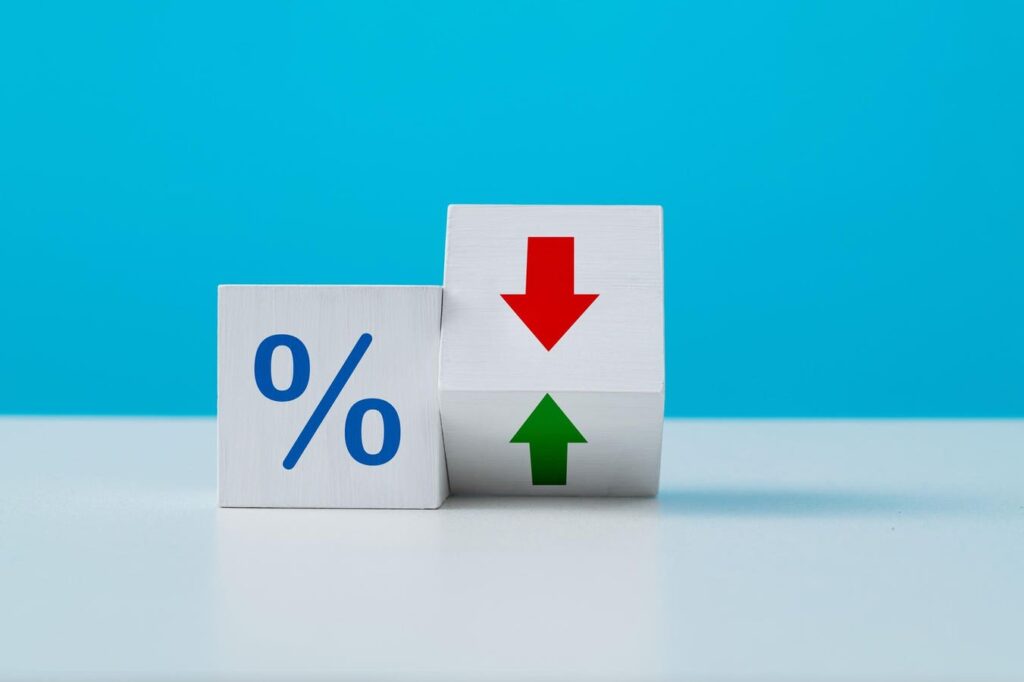Dynamic pricing has evolved from a model primarily utilized in the airline and hotel industries to a widespread practice embraced across various sectors, including retail, ride-sharing, entertainment, and subscription services. This approach leverages algorithms to dynamically adjust prices based on real-time market conditions, such as supply and demand fluctuations, inventory levels, and consumer behavior. The implementation of machine learning technologies enhances the capability of businesses to analyze an extensive set of data regarding consumer preferences and competitive actions. While dynamic pricing can significantly increase profitability and enhance market competitiveness, it raises potential concerns around consumer fairness, particularly when prices spike during peak demand. Companies adopting dynamic pricing must carefully navigate the balance between revenue generation and maintaining customer trust to avoid backlash.
In industries like entertainment and fast fashion, dynamic pricing has made a notable impact. Disney, for example, utilizes this model to control attendance at its theme parks, increasing ticket prices during high-demand periods like weekends and holidays while lowering them during off-peak times. Such a strategy not only maximizes revenue but effectively manages crowd levels, enhancing the overall guest experience. By implementing dynamic pricing, Disney can allocate resources more effectively, ensuring smoother operations and reducing inconvenience for its visitors. Meanwhile, Zara employs dynamic pricing through sophisticated real-time data analysis, making price adjustments based on various factors, including consumer demand and geographic demographics. This responsiveness avoids traditional sales techniques and helps Zara maintain a streamlined inventory turnover, optimizing profits while addressing differing regional market conditions.
Even as dynamic pricing proliferates, effective implementation of the strategy is crucial for leveraging its potential benefits. Creating a successful dynamic pricing model involves thorough planning and the integration of advanced technological tools to accurately read and respond to market dynamics. To begin, businesses should gain a comprehensive understanding of their respective markets and consumer behaviors, facilitating tailored price adjustments that meet diverse customer needs. By deploying robust data analytics and artificial intelligence, companies can execute predictive adjustments that refine pricing strategies according to real-time demand and competitive pricing fluctuations, ensuring sustained competitiveness in the marketplace.
Central to dynamic pricing’s success is the establishment of transparent pricing rules that resonate with customer expectations, particularly during periods of high demand. Regular monitoring of competitor pricing and conducting A/B testing can enhance the effectiveness of pricing models, enabling businesses to remain agile in the face of changing market conditions. To cultivate customer confidence and trust, it is essential for companies to communicate how dynamic pricing functions and the advantages it provides, such as more efficient resource allocation or improved availability during peak times. Educational resources like blog posts, FAQs, and in-app tutorials can facilitate customer understanding and acceptance of fluctuating prices.
As businesses increasingly adopt dynamic pricing strategies, ethical considerations become pivotal in ensuring fair treatment for consumers. While the profit potential of dynamic pricing is significant, companies must be cautious not to exploit consumers, particularly during vulnerable situations such as natural disasters or emergencies. Implementing guidelines that cap price increases in sensitive circumstances can help protect the brand’s reputation and prevent consumer alienation. Ethics-centered approaches that prioritize fairness alongside profit help maintain consumer loyalty and bolster trust, ensuring that dynamic pricing serves all parties well in the competitive landscape.
In conclusion, dynamic pricing represents an innovative and adaptable pricing strategy that leverages technology to respond to market fluctuations in real-time. Its implementation has already transformed industries such as entertainment and retail, with companies like Disney and Zara leading the way through data-driven approaches. However, alongside the potential revenue benefits, businesses must address the ethical and transparency concerns that dynamic pricing naturally raises. A balanced strategy that effectively manages customer perceptions while remaining profitable is not just beneficial but imperative for companies aiming to thrive in this new pricing paradigm. By combining technology with a solid understanding of market dynamics and ethical considerations, businesses can successfully navigate the complexities of dynamic pricing and ensure a competitive edge in their respective industries.

